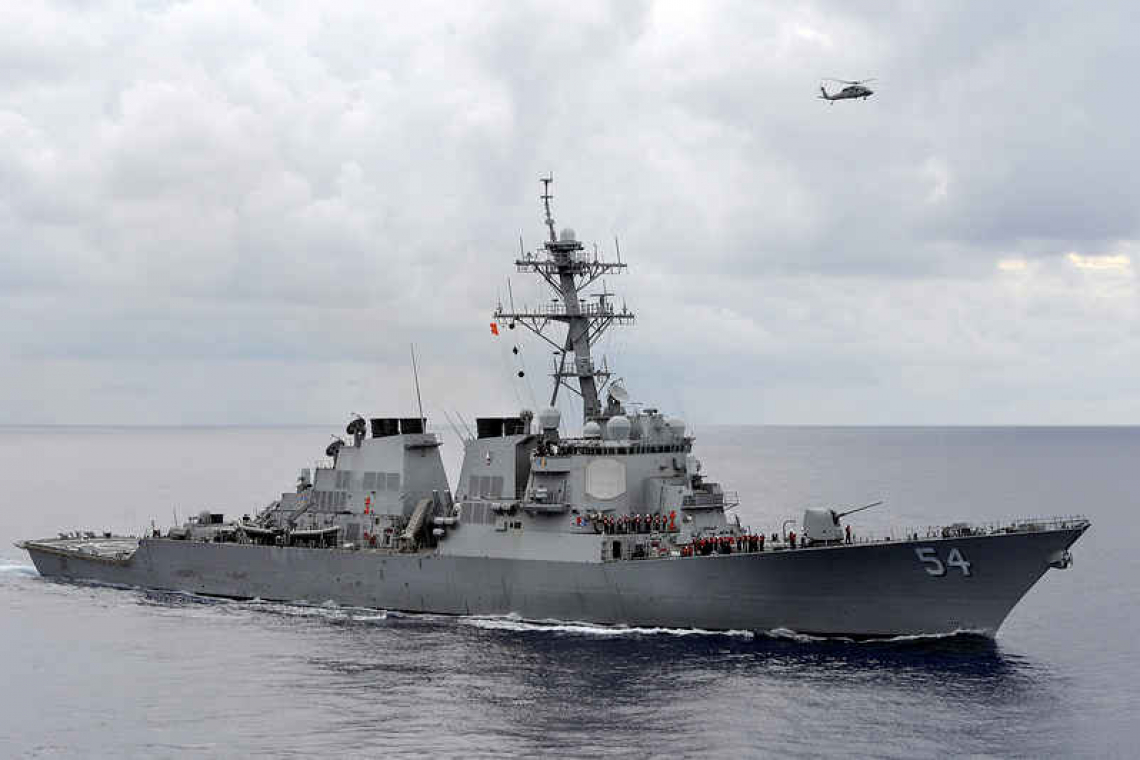WASHINGTON--U.S. President Joe Biden's $715 billion Department of Defense budget will shift funding from old systems to help modernize the nuclear arsenal to deter China, while also developing future warfare capabilities, people familiar with the budget said.
The defense spending request, which will be sent to Congress on Friday, is expected to contain investments in troop readiness, space, the Pacific Deterrence Initiative aimed at countering China's military build-up in the region and nuclear weapons technology, the people said.
The budget request would buy ships, jets and pay for maintenance and salaries, but an additional $38 billion is earmarked for defense-related programmes at the Federal Bureau of Investigation, Department of Energy and other agencies bringing the national security budget to $753 billion, a 1.7% increase over the 2021 figure.
There will also be money to further develop and test of hypersonic weapons and other "next generation" weapons systems as the military aims to build capabilities to counter Russia and China. President's budget requests, including those for the military, are commonly a starting point for negotiations with Congress which ultimately decides how funds are spent.
The Pacific Deterrence Initiative, created to counter China, focuses on competition in the Indo-Pacific and aims to boost U.S. preparedness in the region through funding radars, satellites and missile systems. To pay for this, people familiar with the shift said, the Pentagon is seeking to divest some of its older equipment with higher maintenance costs including four Littoral Combat Ships, several A-10 aircraft which provide close air support to ground troops, as well as the number of KC-10 and KC-135 planes in the mid-air refueling fleets.
Tensions with an increasingly assertive China are on the minds of U.S. military planners. Bejing accused the United States last week of threatening the peace and stability of the Taiwan Strait after a U.S. warship again sailed through the sensitive waterway.
The U.S. Army's goal for troops in the budget was reduced very marginally, the people said. "We must modernize if deterrence is to endure and, if confirmed, I would seek to increase the speed and scale of innovation in our force," Kathleen Hicks said in her testimony in February before she was confirmed as deputy secretary of defense.
Among the Pentagon's competing priorities, the Biden administration will request 85 stealthy F-35 fighter jets made by Lockheed Martin, the people said. The 2021 and 2020 presidential budgets requested 79 and 78 of the jets respectively, ultimately Congress authorized additional fighters. Senators and governors have come out to support the jet which has a huge industrial base.
The U.S. Navy's shipbuilding plan, published in the final months of the Trump administration, and had 12 new surface combatant ships for the 2022 budget. But the Biden request has only eight new warships, the people said.
Despite shaving numbers from older systems the Biden administration will continue to invest in modernizing the U.S. nuclear triad, an expensive undertaking that will cost an average of more than $60 billion per year over this decade and more than a trillion dollars in total, according to the Congressional Budget Office.
Funding will go to improve nuclear command and control as well as delivery platforms like the Columbia Class nuclear submarine made by Huntington Ingalls Industries and General Dynamics and the certification to carry nuclear bombs aboard the stealthy F-35 jet fighters.







